Clocks
A clock is a device used to measure, keep, and indicate time. There are various types of clocks, including analog and digital clocks. Analog clocks have a face with hour and minute hands, while digital clocks display time in numerical format.
Analog Clocks
An analog clock has a round face with numbers or Roman numerals to indicate the hours. The clock hands, including the hour hand and minute hand, move to show the current time. The hour hand is shorter and moves more slowly, while the minute hand is longer and moves faster. Some analog clocks also have a second hand that moves around the face to indicate seconds.
Digital Clocks
Digital clocks display time in numerical format, typically in hours and minutes, and often include seconds as well. They are commonly found on electronic devices such as smartphones, computers, and alarm clocks.
Telling Time
To tell time on an analog clock, you look at the position of the hour and minute hands to determine the current time. The hour hand points to the current hour, while the minute hand indicates the minutes. For digital clocks, the time is simply read from the numerical display.
AM and PM
Clocks use the 12-hour system to indicate whether it is morning (AM) or afternoon/evening (PM). The transition from AM to PM occurs at 12 o'clock noon, and the transition from PM to AM occurs at 12 o'clock midnight.
Time Conversion
Understanding time conversion is essential for reading clocks. For example, 60 minutes make one hour, and there are 24 hours in a day. Converting between hours and minutes is a fundamental skill when working with clocks.
Learning to read and understand clocks is an important skill that helps us manage our daily activities and schedules.
[Clocks] Related Worksheets and Study Guides:
.◂Math Worksheets and Study Guides Third Grade. Counting Money
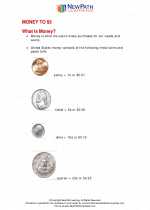
 Activity Lesson
Activity Lesson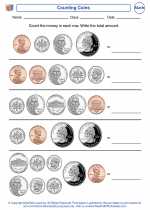
 Activity Lesson
Activity Lesson
 Activity Lesson
Activity Lesson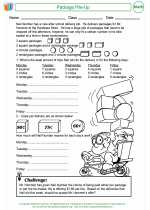
 Worksheet/Answer key
Worksheet/Answer key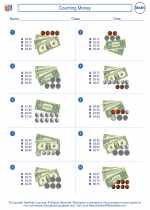
 Worksheet/Answer key
Worksheet/Answer key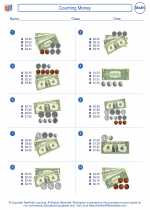
 Worksheet/Answer key
Worksheet/Answer key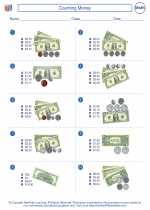
 Worksheet/Answer key
Worksheet/Answer key
 Worksheet/Answer key
Worksheet/Answer key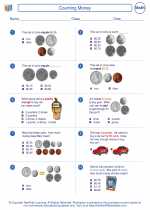
 Worksheet/Answer key
Worksheet/Answer key
 Worksheet/Answer key
Worksheet/Answer key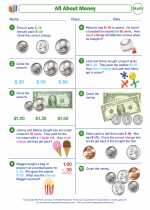
 Worksheet/Answer key
Worksheet/Answer key
 Worksheet/Answer key
Worksheet/Answer key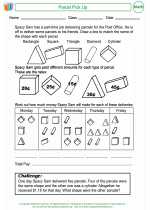
 Worksheet/Answer key
Worksheet/Answer key
